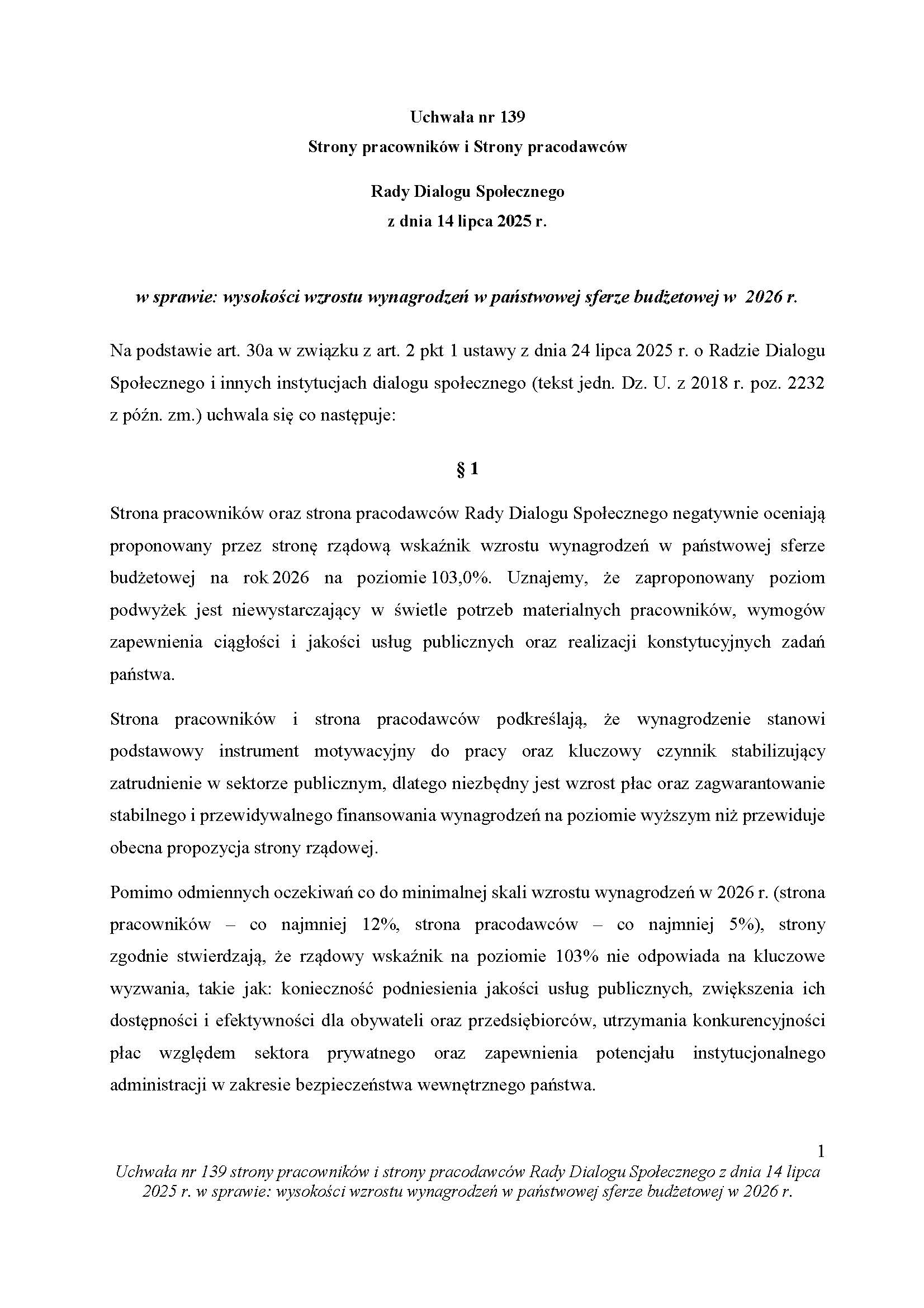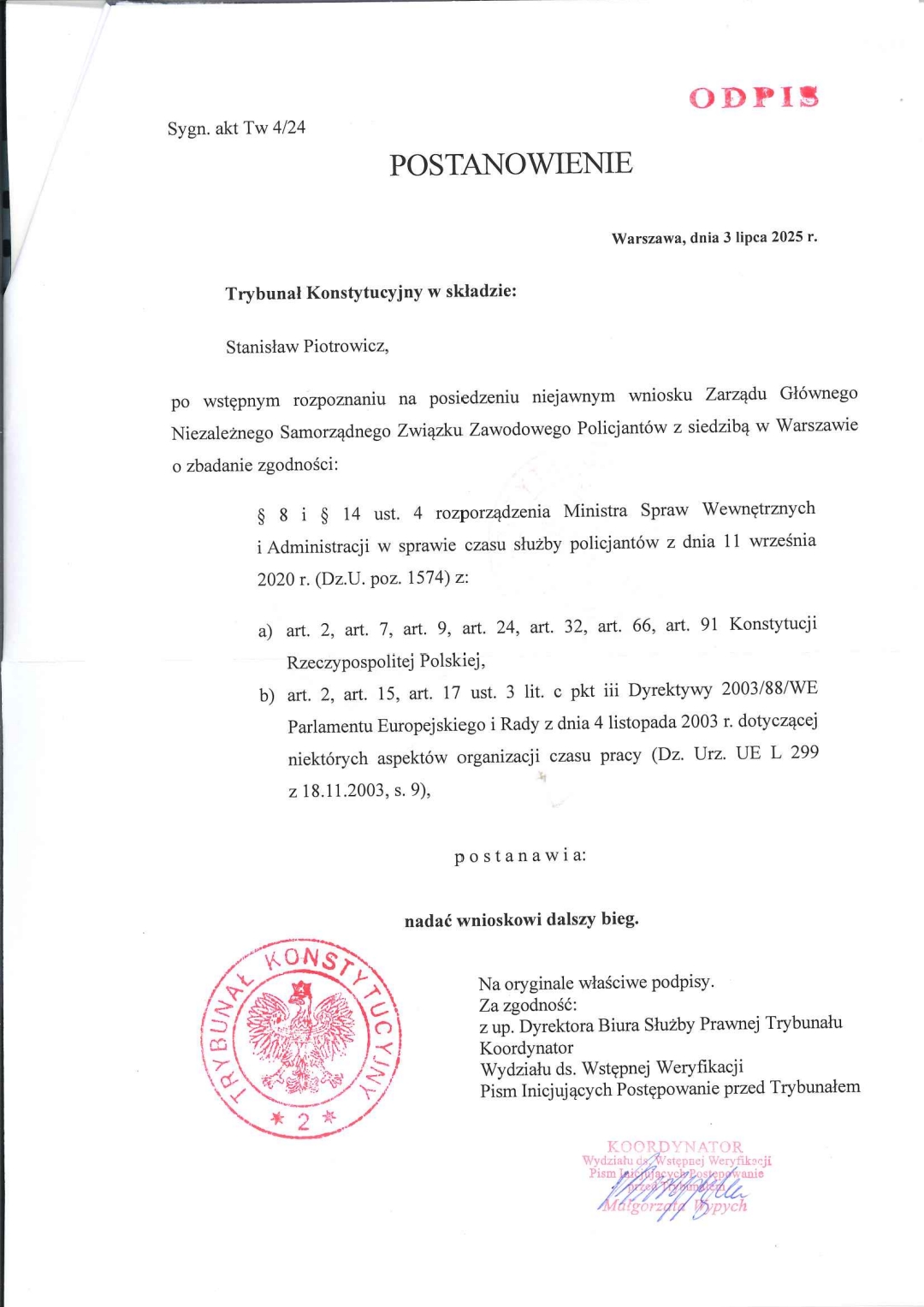
TORONTO— A Delta Air Lines (DL) flight attendant has filed a $75 million lawsuit following a crash landing at Toronto Pearson International Airport (YYZ).
The incident involved a Delta Air Lines regional jet that overturned on a slippery runway in February. The plaintiff, a flight attendant traveling as a non-working crew member, alleges serious injuries and negligence.
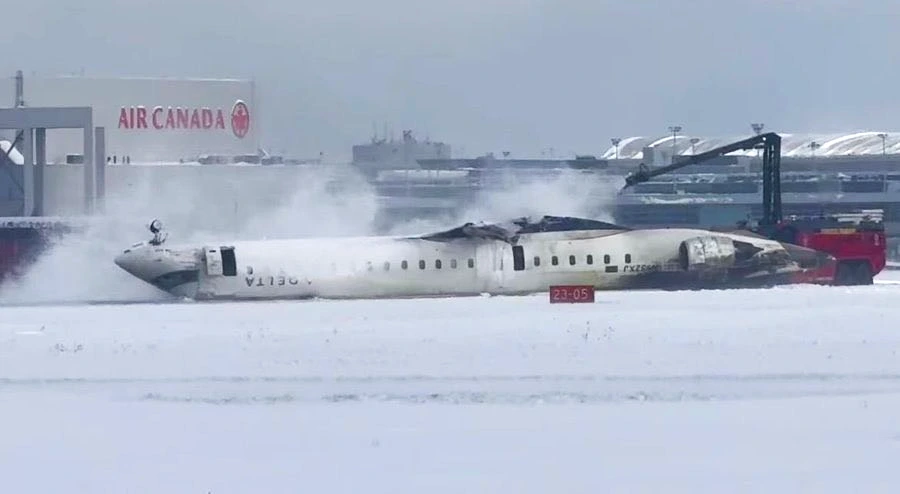 Photo: X user
Photo: X userLawsuit Alleges Negligence and Recklessness in Delta Crash
Vanessa Miles, a Delta Air Lines (DL) flight attendant, filed a personal injury lawsuit in a U.S. court, seeking $75 million in damages.
At the time of the crash, she was “deadheading” — flying as a passenger on a regional Delta flight at Toronto Pearson International Airport (YYZ), en route to begin duty elsewhere.
The lawsuit claims she suffered severe injuries, including a fractured shoulder, traumatic brain injury, post-concussion syndrome, and psychological trauma.
Miles alleges that the airline knowingly assigned an underqualified pilot to the flight, which resulted in a hard landing and runway excursion.
According to the claim, the aircraft experienced a “violent and catastrophic drop” before slamming into the runway and flipping upside down. The emergency evacuation was further complicated by a failure of the aircraft’s slides, forcing Miles to leap over six feet to the tarmac.
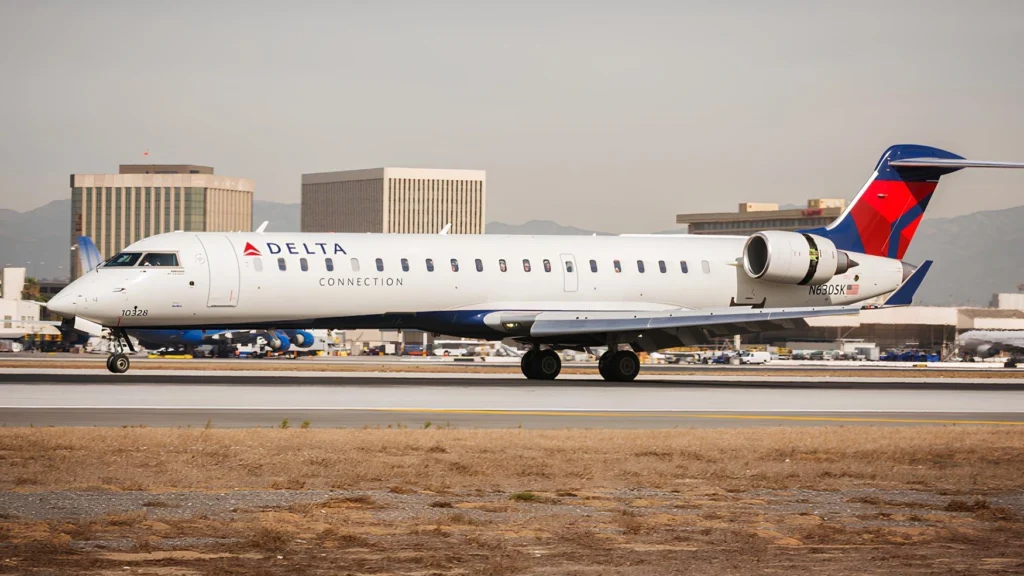 Photo: SkyWest Airlines
Photo: SkyWest AirlinesCrash Details and Legal Ramifications
On February 17, the Delta regional jet was attempting to land on a slippery runway at Toronto Pearson (YYZ). The crash injured 21 of the 80 onboard, including at least 16 Canadian nationals. All passengers survived, but multiple were hospitalized.
The crash has led to at least 16 other lawsuits by passengers citing airline negligence under the Montreal Convention, an international treaty governing airline liability.
Delta Air Lines has offered affected passengers a $30,000 compensation package without legal strings, though some have rejected the offer to pursue litigation.
The Transportation Safety Board of Canada (TSBC) continues to investigate. Preliminary findings revealed a warning of “high rate of descent” just three seconds before impact.
The aircraft’s pitch was only one degree at touchdown — far lower than the recommended three to eight degrees. Additional investigation areas include pilot training, landing gear performance, and a cockpit door malfunction that temporarily trapped the flight crew post-crash.
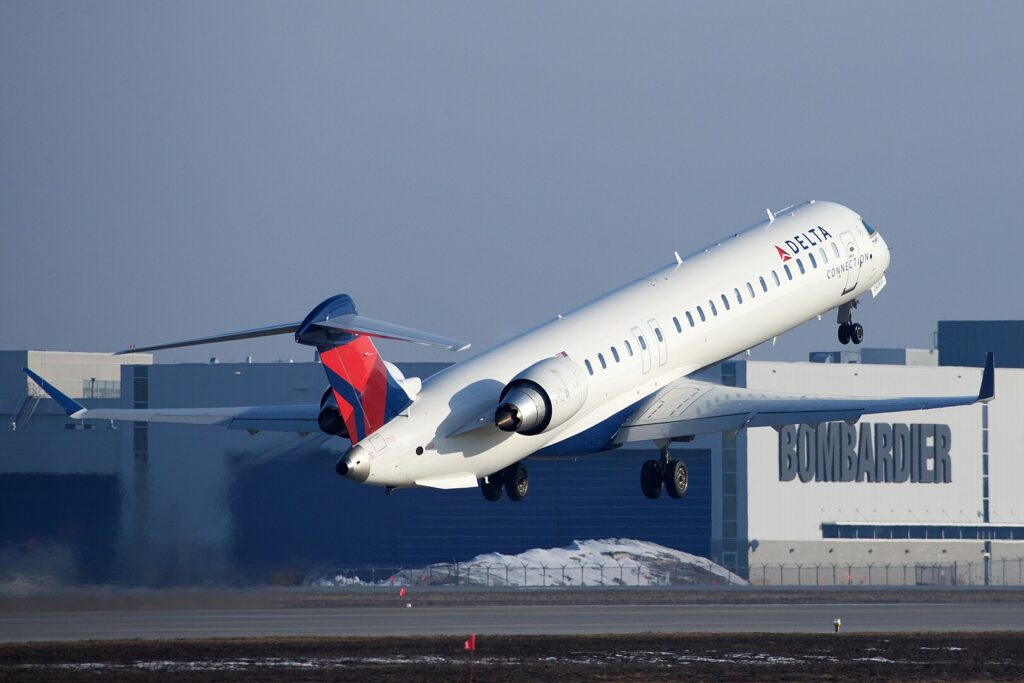 Photo: By BriYYZ from Toronto, Canada – Delta Connection (Endeavor Air) Bombardier CRJ-900 N305PQ, CC BY-SA 2.0, https://commons.wikimedia.org/w/index.php?curid=47801242
Photo: By BriYYZ from Toronto, Canada – Delta Connection (Endeavor Air) Bombardier CRJ-900 N305PQ, CC BY-SA 2.0, https://commons.wikimedia.org/w/index.php?curid=47801242Injury Claims and Emergency Response Failures
Miles’ account describes being knocked unconscious and left suspended in her seatbelt amid smoke and jet fuel fumes. Her escape was impeded when the emergency slides failed, forcing her to drop from the aircraft manually.
Her legal filing states the aircraft exploded two minutes after she evacuated, which she argues underscores how close she came to death.
Her legal team is emphasizing Delta’s alleged cost-cutting measures, including insufficient pilot training and a lack of operational oversight, as key factors in the incident. They argue this demonstrated “reckless disregard” for crew and passenger safety.
The TSBC has stated that the investigation could take until the end of 2026. Authorities are examining multiple factors that could have contributed to the crash, including descent rate warnings, aircraft handling, crew training protocols, and mechanical system failures.
The complexity and severity of the incident necessitate a detailed and lengthy review process.
Stay tuned with us. Further, follow us on social media for the latest updates.
Join us on Telegram Group for the Latest Aviation Updates. Subsequently, follow us on Google News
Delta Faces 16 Lawsuits Over Toronto Plane Crash, Denies Full Responsibility
The post Delta Flight Attendant Sues Airline for $75M After Toronto Plane Crash appeared first on Aviation A2Z.














